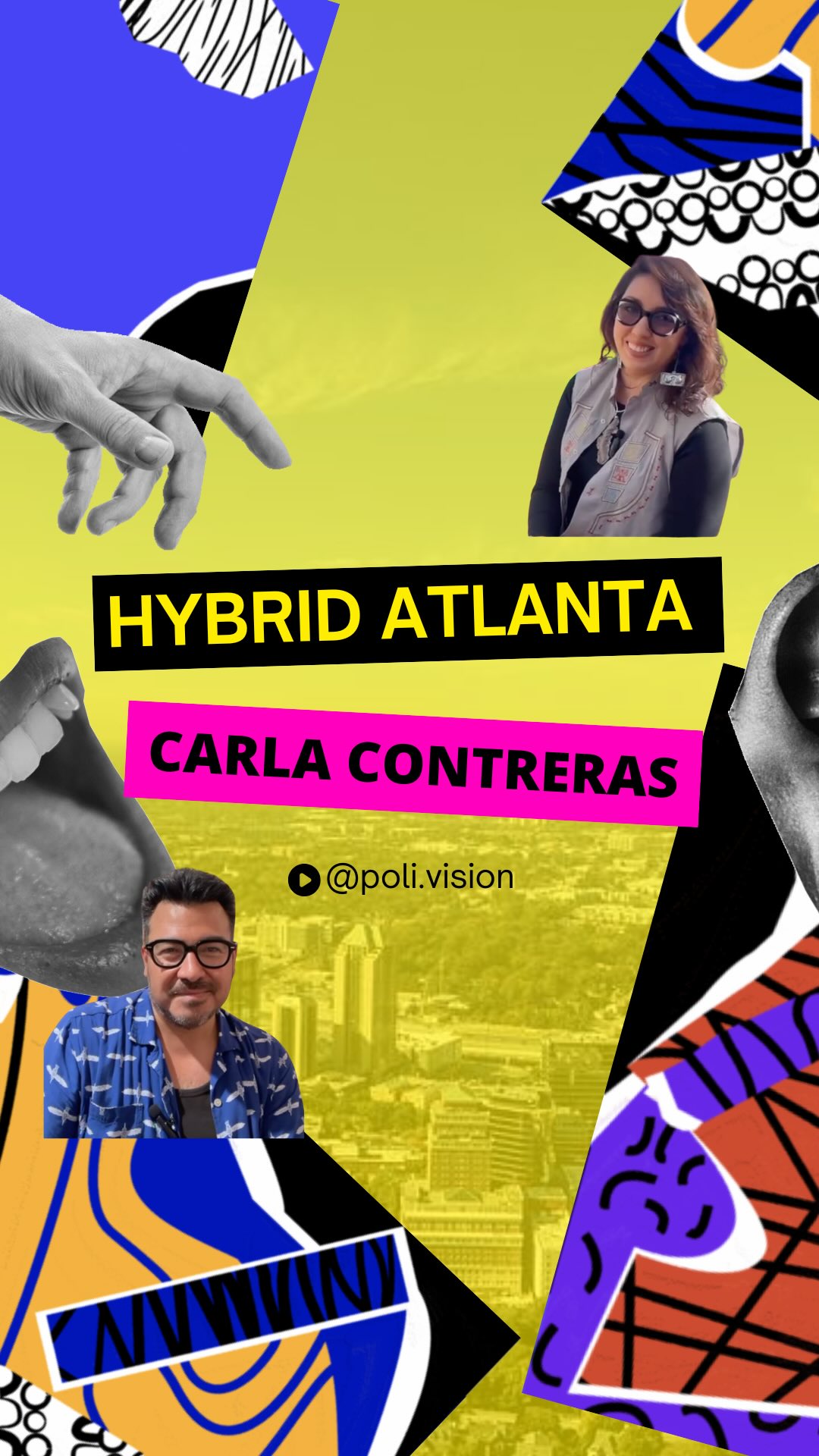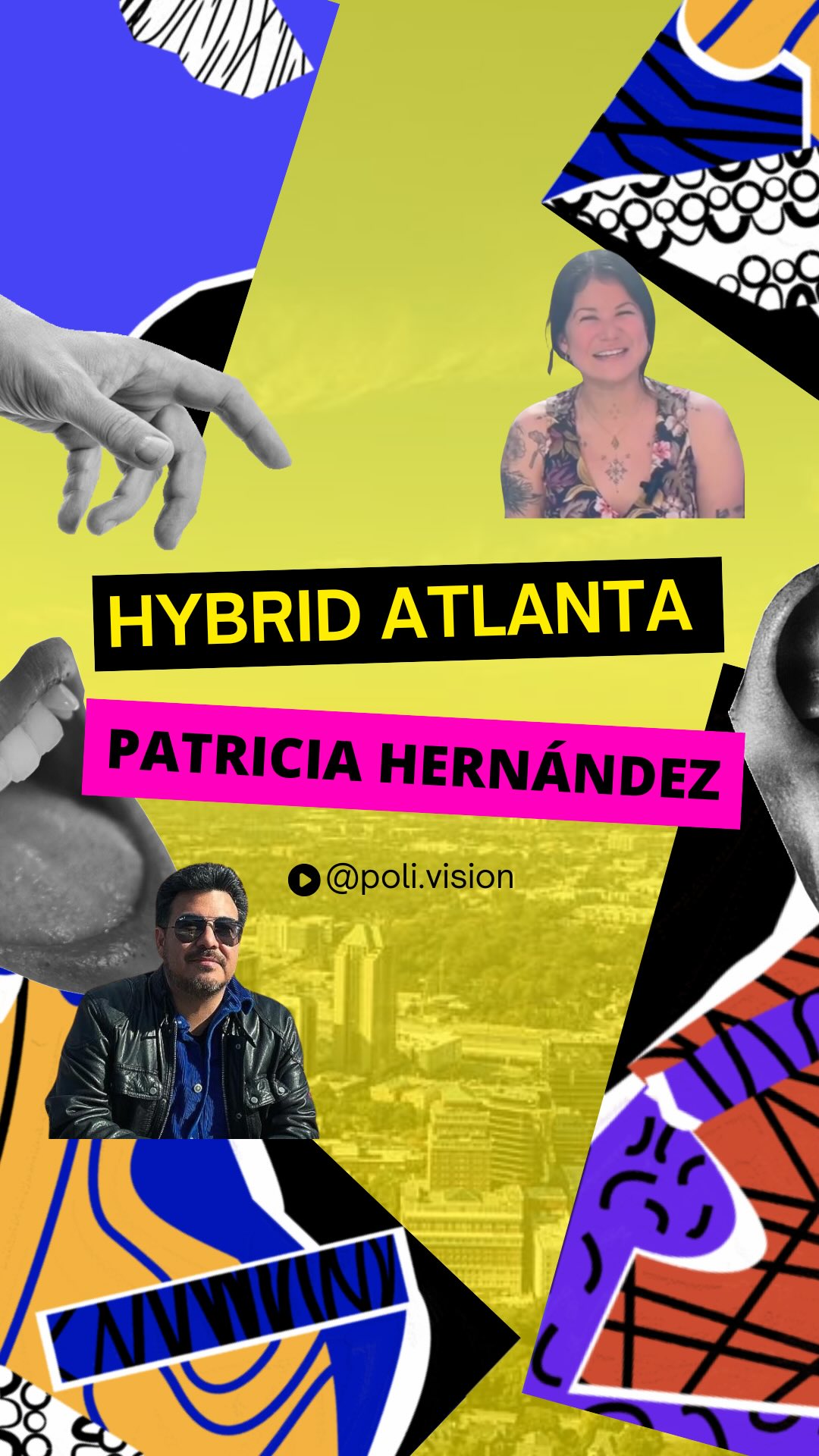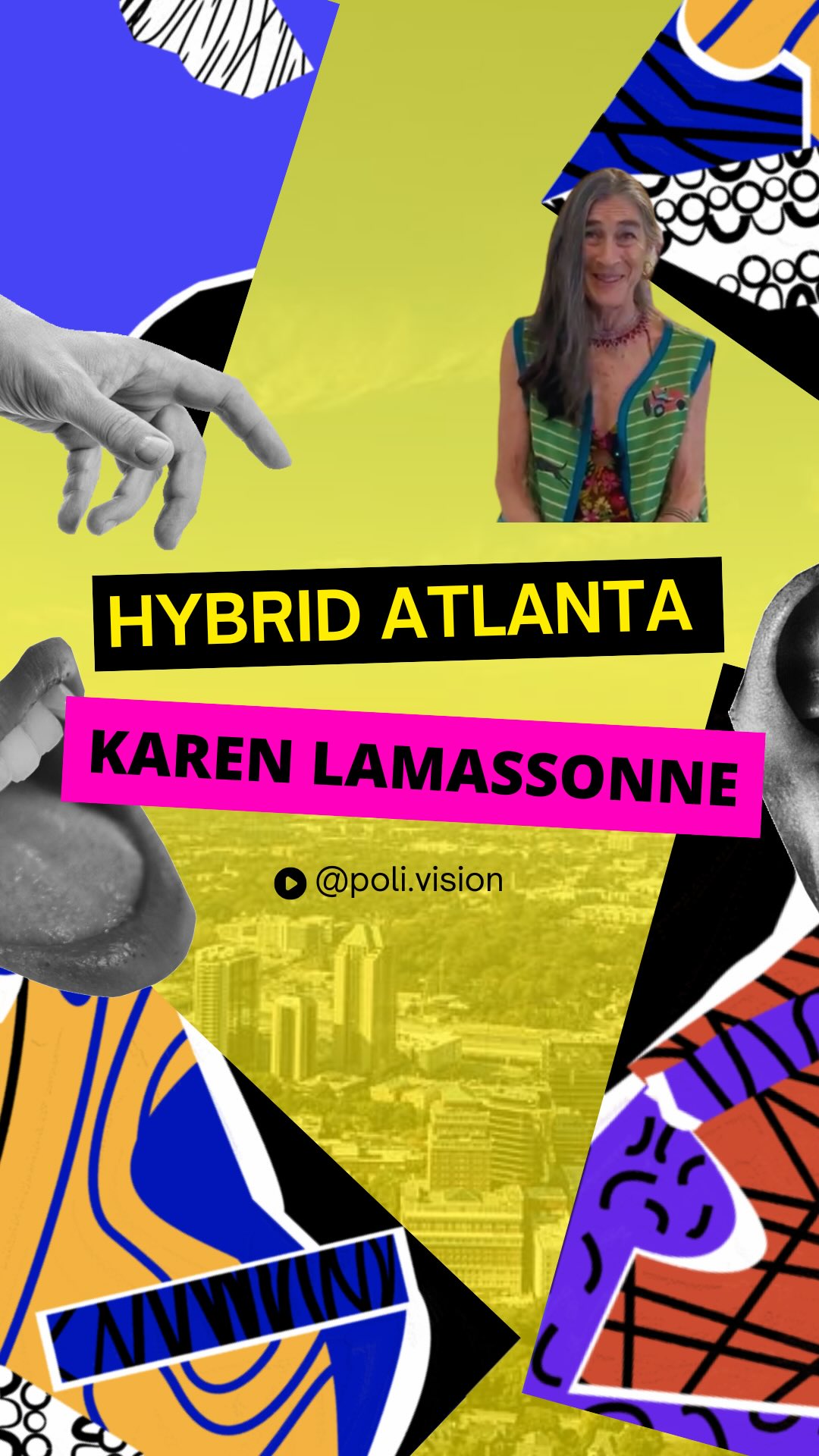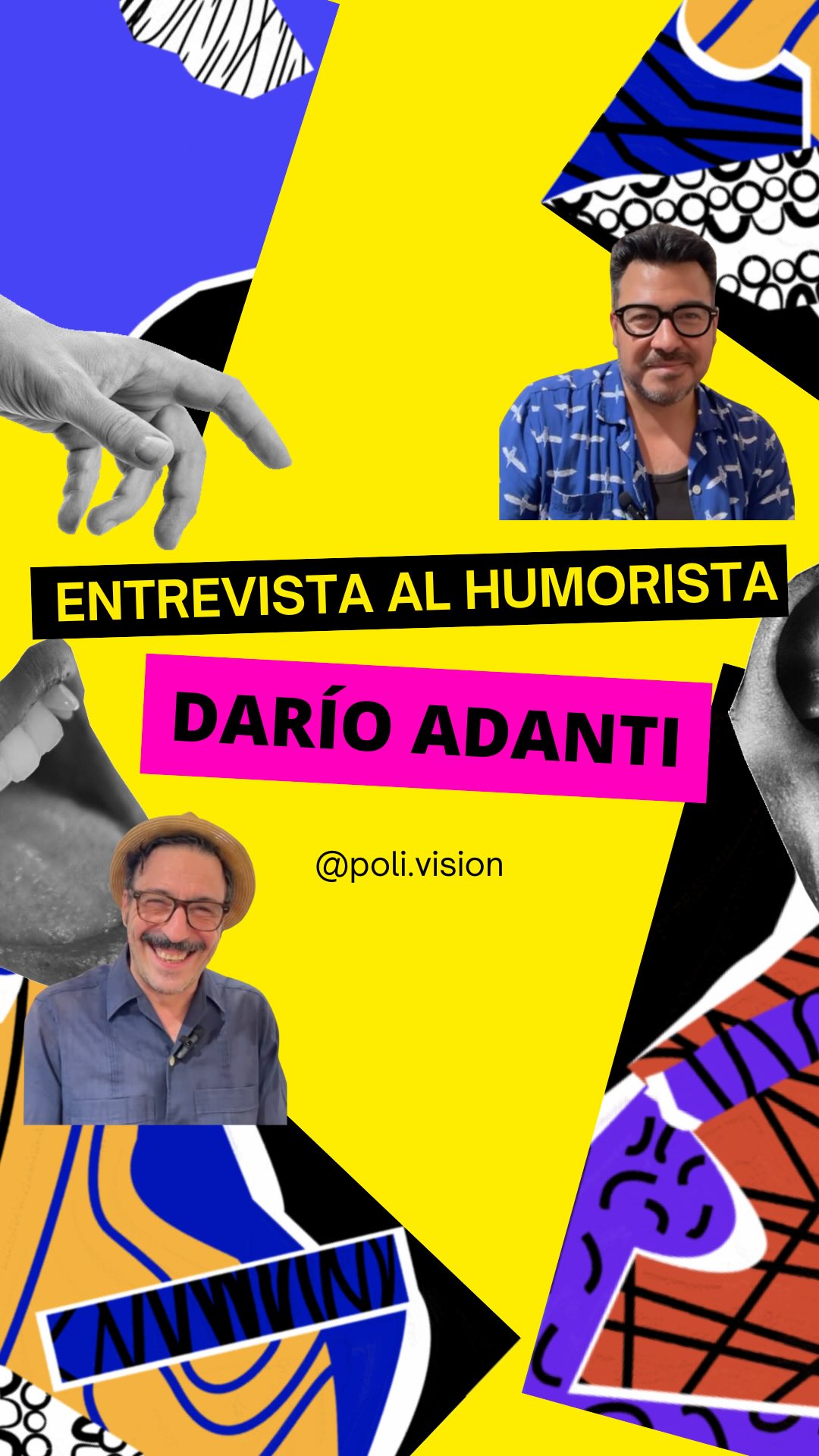Representation, resistance, and the interaction between man and his environment are recurring themes in contemporary Colombian art. Here is a selection of 10 Colombian artist born after 1975, by curator Luisa Fernanda Lindo.
1. ADRIANA SALAZAR (1980)
The relationship between subject and object, nature and artifice, as well as the boundaries between the living and the inert, is a permanent question in her work. Salazar has studied the basic elements of mechanics with the desire to approach to understand the nature of the transformation of things. Thus, it constructs objects that reproduce the natural actions of man, raising a horizon where the boundaries between the living and the inert are blurred.
La relación entre sujeto y objeto, naturaleza y artificio, así como los límites entre lo vivo y lo inerte, es una interrogante permanente en su obra. Ha estudiado los elementos básicos de la mecánica con el afán de acercarse a comprender la naturaleza de la transformación de las cosas. Así, construye objetos que reproducen las acciones naturales del hombre, planteando un horizonte donde los límites entre lo vivo y lo inerte se desdibujan.
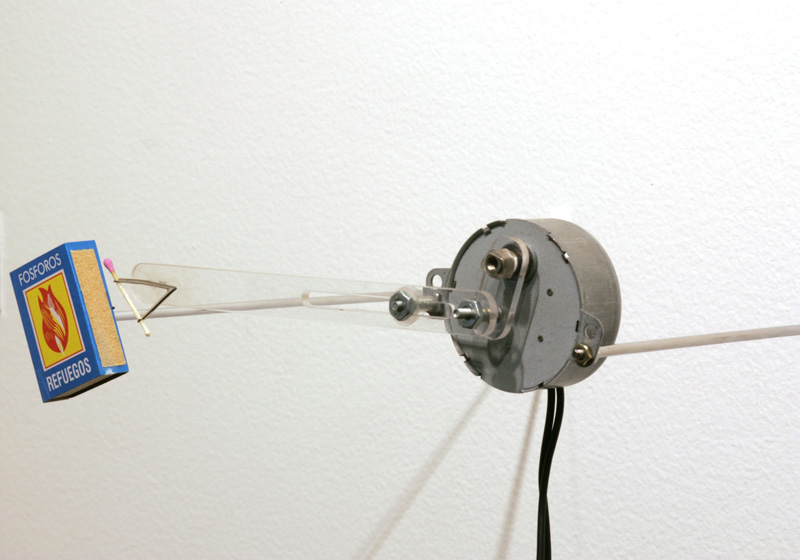 Imagen: Máquinas arriesgadas, 2008. Imagen tomada de adrianasalazar.net
Imagen: Máquinas arriesgadas, 2008. Imagen tomada de adrianasalazar.net
2. NICOLÁS PARIS (1977)
Paris’ facilities, drawings, objects, happenings and videos, arise from the combination of art, architecture and education. The artist’s core practice is based on the structure of the classrooms and pedagogical strategies, which result in collaborative pedagogical projects that, in addition to generating an awareness of the experience and knowledge exchange, configure an interaction with the environment and with the spectators .
Sus instalaciones, dibujos, objetos, happenings y vídeos, surgen de la combinatoria entre arte, arquitectura y educación. El núcleo de su práctica se basa en la estructura de las aulas y las estrategias pedagógicas, que dan como resultado proyectos pedagógicos colaborativos que, además de generar una conciencia de la experiencia e intercambio de conocimientos, configuran una interacción con el entorno y con los espectadores.
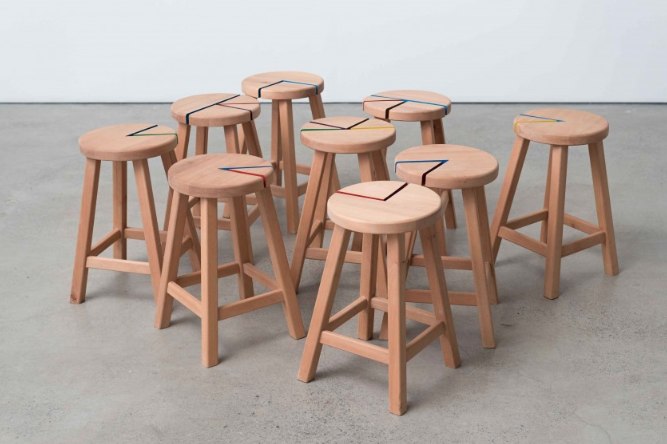 Imagen: Puntos de encuentro o En busca de la línea de Euler, 2013. Imagen tomada de arte-sur.org.
Imagen: Puntos de encuentro o En busca de la línea de Euler, 2013. Imagen tomada de arte-sur.org.
3. MILENA BONILLA (1975)
Bonilla analyzes the interaction between humans and their environment, considering the link among consumption, exchange and merchandise, at the existential level. Her work is immersed in various political complexities which trace and map the cracks produced by the interaction between humans and living entities. She desires to understand the chasm between the world that one builds and reality.
Bonilla analiza la interacción entre los humanos y su entorno, considerando este vínculo desde el consumo, el intercambio y la mercancía, hasta el plano existencial. Su obra se sumerge en diversas complejidades políticas para rastrear y mapear las grietas producidas por la interacción entre humanos y entidades vivientes, con el afán de comprender el abismo que se presenta entre el mundo que uno construye y la realidad.
 Imagen: Noises: Gestures on Common Ground, 2019. Imagen tomada de milenabonilla.info
Imagen: Noises: Gestures on Common Ground, 2019. Imagen tomada de milenabonilla.info
4. OSCAR MURILLO (1986)
Murillo is one of the four shortlisted artists to win the 2019 Turner Prize, which awards the Tate to a British artist under 50. If something characterizes his work it must be the deep coherence in his investigation to address notions of community and migration, responding to his own experience of displacement, as well as social problems of globalization such as work, production and consumption.
Es uno de los cuatro artistas preseleccionados para ganar el Premio Turner 2019, que concede la Tate a un artista británico menor de 50 años. Si algo caracteriza su obra es que hay una profunda coherencia en su investigación, la cual aborda nociones de comunidad y migración que responden a su propia experiencia de desplazamiento, así como problemáticas sociales de la globalización como son el trabajo, la producción y el consumo.
 Imagen: The Institute for Reconciliation, 2019-07-20. Imagen tomada de varsity.co.uk.
Imagen: The Institute for Reconciliation, 2019-07-20. Imagen tomada de varsity.co.uk.
5. NADIA GRANADOS (1978)
Provocative, suggestive and irreverent is the work of Nadia Granados, better known as The Fulminant. A character inspired by social stereotypes around the Latin woman, who responds to the erotic fantasies built by the mass media. Granados’ performances are a harsh criticism of the capitalist, patriarchal, sexist system. In these performances Granados utilizes camouflaged in different representation systems such as music, politics or soap operas.
Provocadora, sugerente e irreverente es la obra de Nadia Granados, más conocida como La Fulminante. Un personaje inspirado en los estereotipos sociales alrededor de la mujer latina, que responde a las fantasías eróticas construidas por la mass media. Las actuacíones de Granados son una dura crítica al sistema capitalista, patriarcal, machista y sexista, que manipula camuflado en diferentes sistemas de representación como la música, la política o las telenovelas.
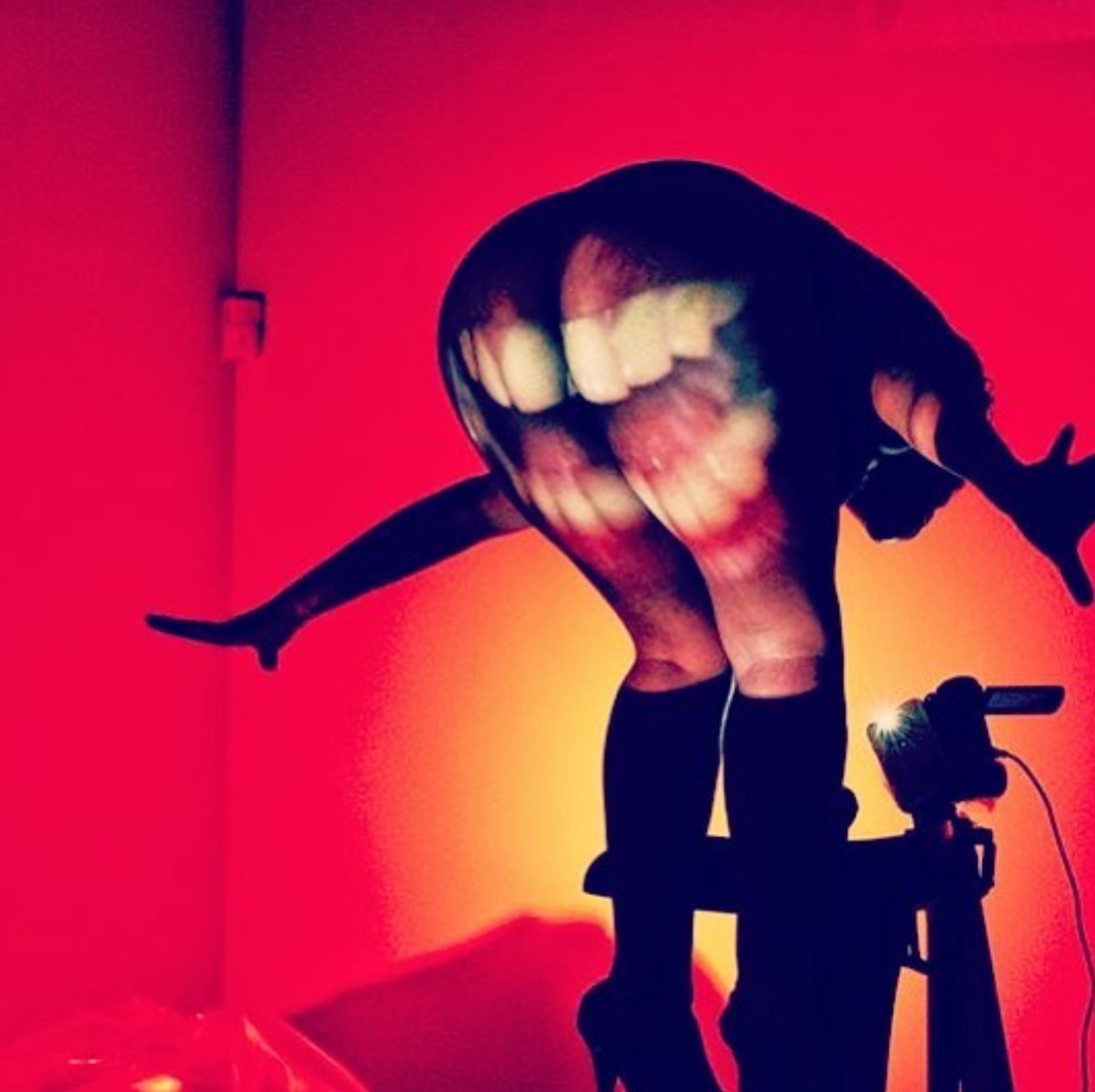
Imagen tomada de @nadia_granados.
6. IVAN ARGOTE (1983)
Argote seeks to analyze and study political and historical processes from emotional perspectives that involve the participation of the spectator. Thus, through films, sculptures, collages, interventions and installations of the public space, he questions how we interact with others, heritage, traditions and even with the State, reflecting on how history is capable of changing the way we think and understanding the world.
Argote busca analizar y estudiar procesos políticos e históricos desde perspectivas afectivas que involucren la participación del espectador. Así, a través de películas, esculturas, collages, intervenciones e instalaciones del espacio público, cuestiona cómo nos relacionamos con los otros, con el patrimonio, las tradiciones e, incluso, con el Estado, deteniéndose a reflexionar acerca de cómo la historia es capaz de cambiar la manera de pensar y comprender el mundo.
 Imagen: A point of view, 2019. Imagen tomada de ivanargote.com.
Imagen: A point of view, 2019. Imagen tomada de ivanargote.com.
7. NATALIA CASTAÑEDA (1982)
The poetry of Castañeda‘s work is based on the reflection of drawing and painting, which leads to sculpture in order to extend the two-dimensional space to meet the viewer. For this reason, she has worked with landscape from cartography, tracing routes where affection and memory converge, as a way to restore the basic relationship with nature.
La poética de su obra está basada en la reflexión sobre el dibujo y la pintura, que conduce hacia la escultura con el objetivo de extender el espacio bidimensional al encuentro con el espectador. Por ello, ha trabajado el paisaje desde la cartografía, trazando recorridos donde confluyen el afecto y la memoria, como un modo de restablecer la relación básica con la naturaleza.
 Imagen: Caricias y pellizcos, 2018. Imagen tomada de isabelhurley.com.
Imagen: Caricias y pellizcos, 2018. Imagen tomada de isabelhurley.com.
8. KEVIN SIMÓN MANCERA (1982)
Simón Mancera‘s work is that of an explorer who crosses various places making notes in his travel log. The territories that he conveys are real spaces on which he imprints emotions that become nouns such as: happiness, success or failure. Thus, from word lists, it creates associations that generate new genealogies that, in turn, provide new meanings.
Su obra es la de un explorador que atraviesa diversos lugares haciendo anotaciones en su bitácora de viaje. Los territorios que transita son espacios reales sobre los cuales imprime emociones que se vuelven sustantivos como: la felicidad, el éxito o el fracaso. Así, a partir de listas de palabras va creando asociaciones que generan nuevas genealogías que, a su vez, brindan nuevos significados.
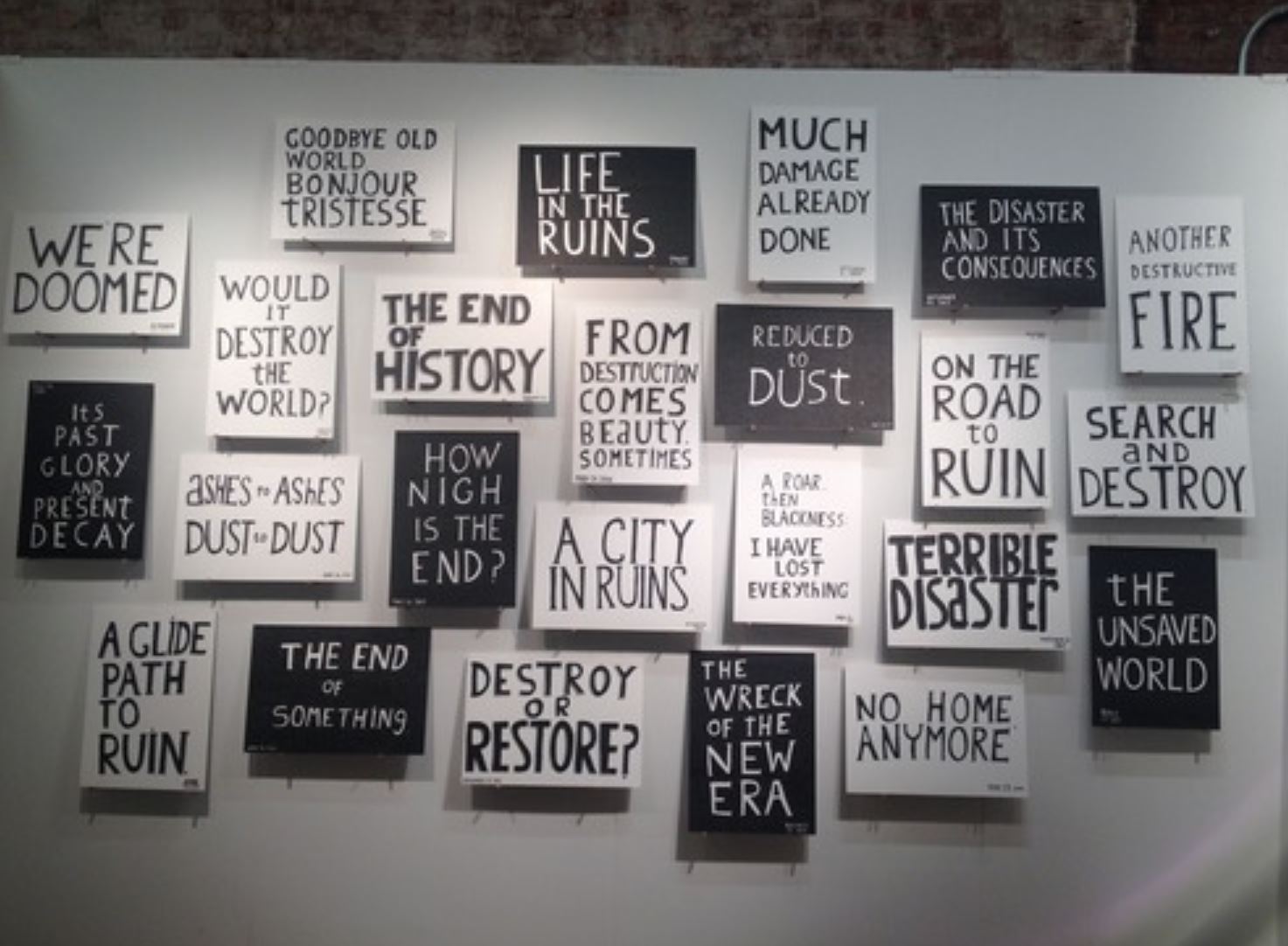 Imagen: New York Times, 2013. Imagen tomada de bkarthistory.tumblr.com.
Imagen: New York Times, 2013. Imagen tomada de bkarthistory.tumblr.com.
9. FELIPE ARTURO (1979)
Vernacular architecture and construction techniques that reflect processes of assimilation and resistance to colonization are present in Arturo‘s work. Thus, through the raw material coming from nature – such as cocoa, coffee or sugar – and from building materials, he creates sculptures, installations and videos that address history, geography or economics.
La arquitectura vernácula y las técnicas de construcción que reflejan procesos de asimilación y resistencia a la colonización, están presentes en su obra. Así, a través de la materia prima proveniente de la naturaleza –como el cacao, el café o el azúcar– y de materiales propios de la construcción, crea esculturas, instalaciones y vídeos que abordan la historia, la geografía o la economía.
 Imagen: Vin Mariani o Coca cola retro, 2015. Imagen tomada de artsy.net.
Imagen: Vin Mariani o Coca cola retro, 2015. Imagen tomada de artsy.net.
10. LILIANA ANGULO (1974)
Angulo‘s work explores racial identity and Afro-Colombian culture, as well as representation in contemporary culture. Through photography, installation, sculpture and performance, she records a history of resistance, oppression and invisibility of the Afro culture in Colombia that manifests itself in the construction of stereotypes and objectification of the black woman through language.
Su obra explora la identidad racial y la cultura afrocolombiana, así como su representación en la cultura contemporánea. A través de la fotografía, la instalación, la escultura y la performance, Angulo registra una historia de resistencia, opresión e invisibilización de la cultura afro en Colombia que se manifiesta en la construcción de estereotipos y en la objetualización de la mujer negra a través del lenguaje.
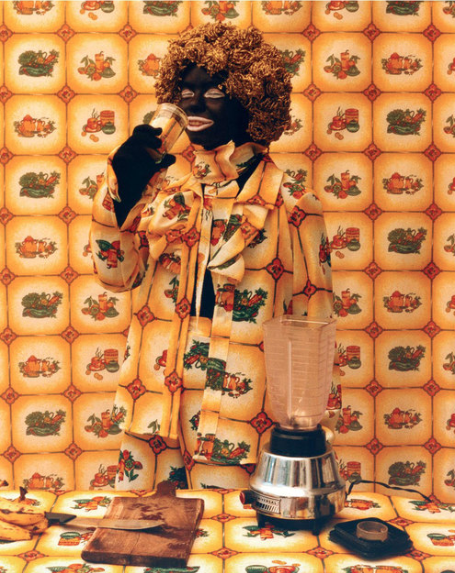
Imagen: Negro Utópico, 2001. Imagen tomada de artsy.net.
*Text and selection by Luisa Fernanda Lindo, artist and curator
*Translation by Sierra Villarreal
*Edited by Paul Alonso









